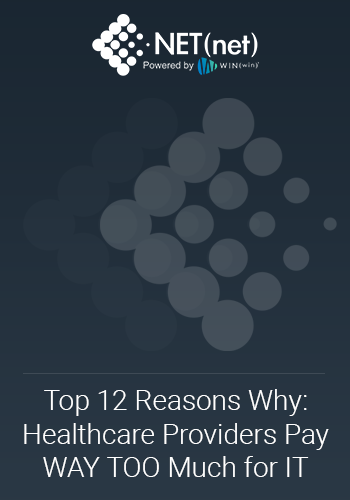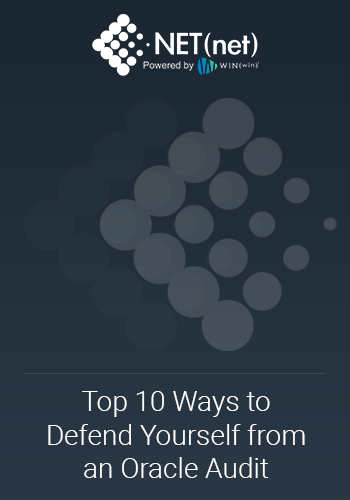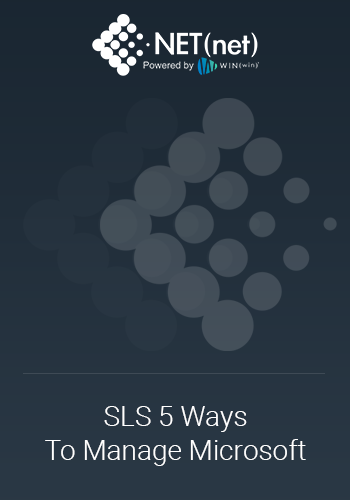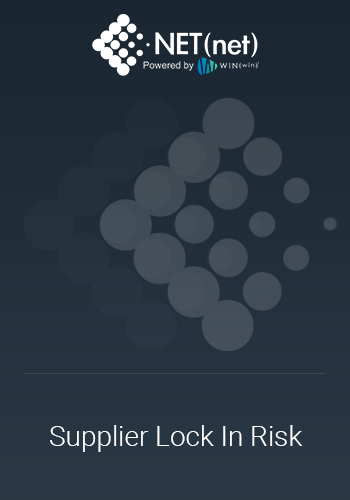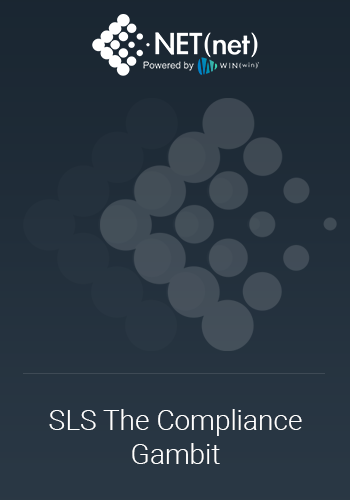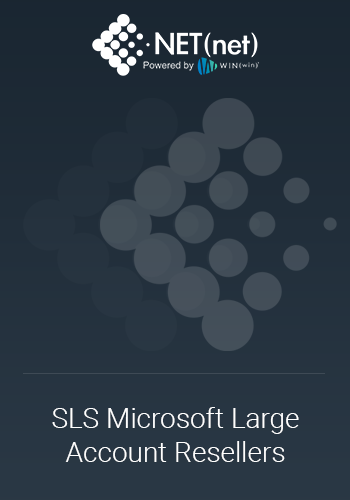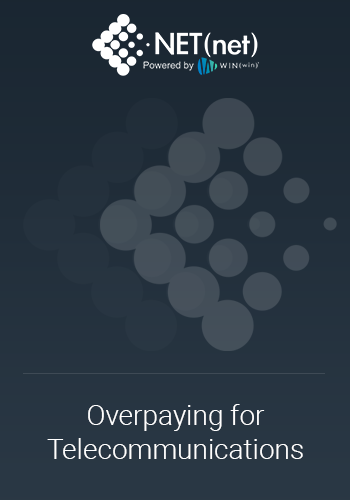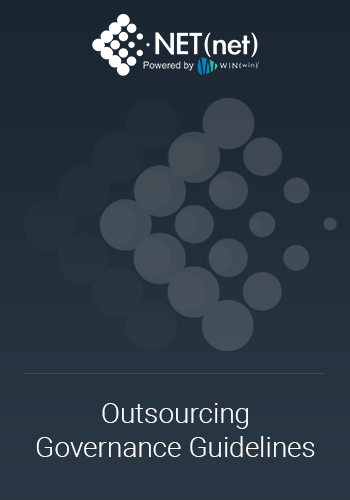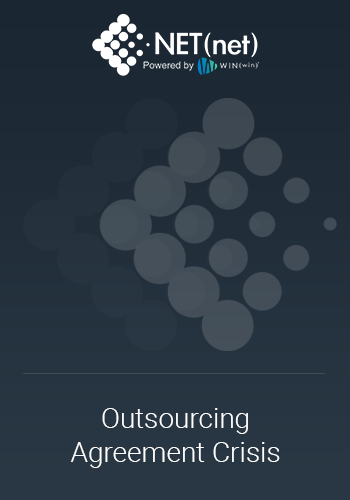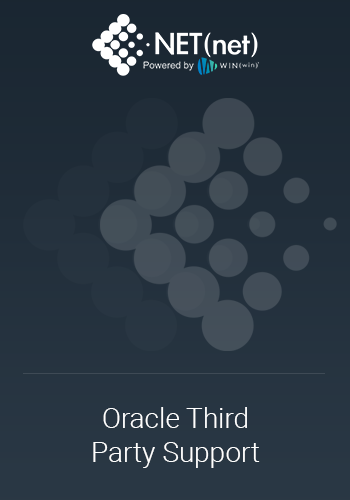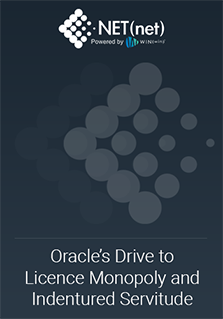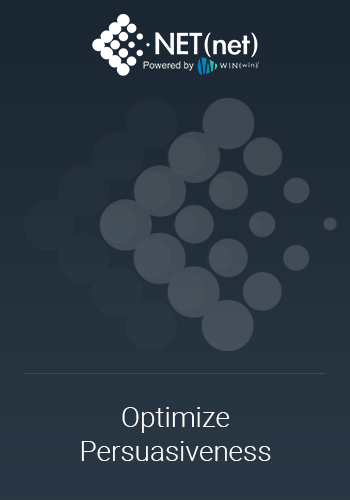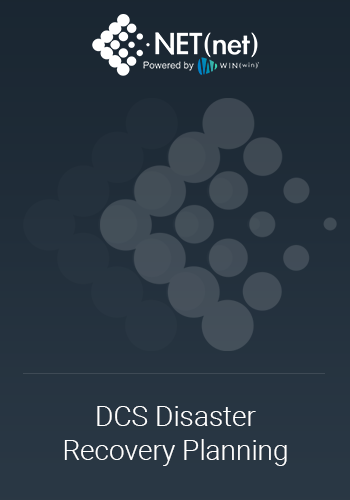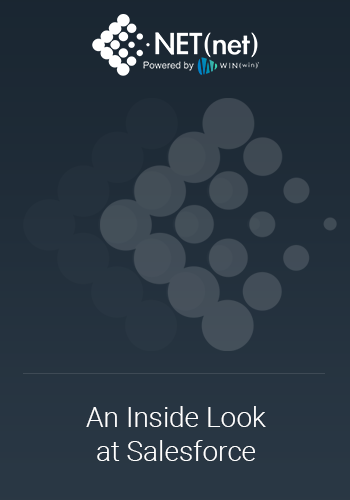Preface
Despite a pervasive industry need, cloud cost optimization has not yet lived up to its potential. Clients are continuing to suffer from cloud cost overruns and efforts to cut costs have been largely ineffective. So then, what is the future for cost optimization with cloud solutions like AWS, Azure, and GCP?
Background
Review our recent 3-part series on Cloud Costs:
Take a look back at our recently completed 3-part series on cloud costs, where we detailed the top 5 price shock phenomena of cloud computing, and how those shocking prices were often caused by migrated workloads that turned out not to be well suited for cloud computing environments, and how those workloads not well suited for cloud deployments often resulted in the repatriation of those previously migrated cloud workloads back on-premises to the client organization.
- Part 1 (Feb 15): The Top 5 Price Shock Phenomena of Cloud Costs
- Part 2 (Mar 15): The Top 5 Workloads NOT Well Suited for the Cloud
- Part 3 (Apr 15): The Top 5 Reasons Why Clients Are Repatriating Workloads
One of the areas we thought might take off in recent years was that of Cloud Cost Optimization (CCO), believing that the implementation of CCO services in the enterprise would serve to keep cloud costs low and would ultimately accelerate workload migrations. However, with the fact pattern we just described of cloud deployments frequently experiencing cost overruns as client organizations have had a cloud first mentality and occasionally migrated workloads that were not well suited for cloud deployments, it has resulted in an increase of repatriation rates of previously migrated cloud workloads, slowing cloud growth for the first time since the pandemic. See our recent blog on this topic:
- Part 4 (May 15) 2023 Forecast: A Little Less Cloudy
That brings us to Part 5, our June installment of this series, where we will discuss our belief that cloud cost optimization will improve over time, as industry best practices emerge and mature on how best to adopt a world class cloud cost optimization capability to keep workload costs low, further enabling workload migrations, and we will provide our top eight reasons why we believe that to be the case.
Introduction
Cloud Cost Optimization (CCO) was seen as one of the key enabling technologies to prevent cost overruns and ultimately accelerate cloud workload migrations, but CCO has failed to deliver on the promise of continually optimized costs in the enterprise. There are many reasons why that might be the case, and we have chronicled a dozen or more of them, but the key challenge at this point, in our view, is to overcome the cultural resistance preventing FinOps and DevOps from working together effectively to achieve cost savings targets.
Second to this cultural change of empowering FinOps to have an equal seat at the table with DevOps, is the organizational support of this process with strong buy-in from key stakeholders such as the CFO, COO, and CIO. The lack of executive buy-in in some client organizations allows for a strong fiscal management policy to die on the vine, overpowered by a DevOps team with a strong understanding of workload needs, an ability to engineer an operating environment to meet those needs, and a none-too-friendly disposition about being questioned about it.
We have seen a number of client organizations struggle even when there is strong awareness of the challenge, plenty of resources to address it, a good team in place, the right tech enabled, and actionable intelligence to achieve significant cost savings targets. In one case, a client organization had 7 recommended actions, all of which offered the client $1M or more of savings per year. They also had a clear path on how to achieve savings, yet the client organization was not able to implement the savings recommendations, so the potential savings went unrealized, despite considerable effort.
The key challenge in this case, as it is in many others, was the inability of FinOps and DevOps to collaborate successfully to solve the challenges of meeting the needs of the client organization. FinOps and DevOps are two different teams with different priorities. FinOps is focused on managing cloud costs, while DevOps is focused on delivering high-quality software quickly, and managing a highly reliable operating environment. These two teams often have different goals and objectives, which can lead to conflict and resistance to collaboration.
To overcome this challenge, client organizations need to create a culture of collaboration between FinOps and DevOps. This can be done by:
- Creating a shared understanding of the business goals: FinOps and DevOps need to understand the business goals that are driving cloud adoption. This will help them to align their efforts and focus on the areas that will have the biggest impact on cost savings.
- Establishing clear communication channels: FinOps and DevOps need to have a regular forum for communication and collaboration. This will help them to share information, identify areas of overlap, and work together to find solutions.
- Providing training and resources: FinOps and DevOps need to have the training and resources they need to be successful. This includes training on cloud costs, cloud management tools, and cloud best practices.
By taking these steps, client organizations can create a culture of collaboration between FinOps and DevOps and improve their ability to optimize cloud costs.
Here are some additional Pro Tips for overcoming cultural resistance to cloud cost optimization:
- Frame the conversations in terms of business value: FinOps and DevOps should focus on the business value the client organization is trying to achieve. This means showing how reducing cloud costs can help the organization to achieve its business goals.
- Use data to drive decisions: FinOps and DevOps should use data to drive decisions about cloud cost optimization. This means collecting data on cloud usage, costs, and trends and modeling how simple changes in the management of the operating environment could produce the same result for less money.
- Be transparent: FinOps and DevOps should be transparent about their work. This means sharing information about cloud costs, usage, and trends with the rest of the client organization so there is a clear understanding to all involved of cost and value.
- Celebrate successes: When FinOps and DevOps collaborate to achieve cost reductions, they should acknowledge the people involved, thank them publicly for their good work, share the success story broadly, develop a case study, use that case study to generate additional ideas, and celebrate their successes together as a team. This will help to motivate team members and build momentum that encourages others to get involved.
- Acknowledge failures: When FinOps and DevOps fail to achieve a desired result, beyond being honest, patient, and supportive, the client organization should thank the team for the effort, let them know that setbacks are normal and expected, and emphasize the importance of learning from our mistakes and moving forward. Beyond that, the client organization should gather feedback about the events, conduct a root cause analysis, develop a corrective action procedure, monitor and evaluate the effectiveness of that new procedure, and communicate the findings and results to the key stakeholders.
By following these tips, client organizations will not only develop a culture of continuous improvement and move forward in a positive direction but will also overcome cultural resistance to cloud cost optimization and improve their ability to save money.
The Top 8 Reasons Why Cloud Cost Optimization will Improve over Time
A pervasive industry awareness of waste from idle resources, over-provisioning, and low utilization hasn’t done much to change client behaviors on how they manage cloud costs – as outright waste continues to be at an all-time high (hovering around 30% of total spend).
Cloud solution providers have made significant R&D investments into their own cost management tools, but these investments have not (as yet) translated into lower costs. Despite these more sophisticated cost management tools and improved algorithms from the providers and from third parties, and despite considerable actionable intelligence regarding how to go about lowering costs while getting the same value, clients are (for the most part) either unwilling or unable to implement the recommended changes to bring about significant reductions in cost.
Clients rightly identified the need to improve the collaboration between Fin Ops and Dev Ops to address some of these challenges, but despite their best efforts, significant friction remains. In addition, Fin Ops continues to be largely unempowered to make changes in the operating environment that could positively impact costs without the ‘approval’ of Dev Ops, condemning many client organizations to repeat the same mistakes of the past where client organizations suffered economically from the conditions of over-engineering and over-provisioning in the on-premises world; largely led by a zealous technology engineering discipline.
Further, even though the technology is improving rapidly, client organizations are generally reluctant to empower AI with making actual changes in the operating environment to minimize costs and risks without human involvement and ultimate decision making.
These challenges are significant, but below, we outline the top 8 reasons why cloud cost optimization will improve over time:
The future for cloud cost optimization with solutions like AWS, Azure, and GCP is likely to see continued advancements and improvements. While cloud waste remains a challenge, there are several factors that suggest cost optimization will improve over the next several years.
- Increased awareness: As client organizations gain more experience and maturity in using cloud services, they are becoming increasingly aware of the need for cost optimization. They recognize that cloud waste can have a significant impact on their bottom line and are actively seeking solutions to address it.
- Enhanced cost management tools: Cloud service providers like AWS, Azure, and GCP are continuously investing in improving their cost management tools. They are introducing new features and capabilities that provide better visibility into cloud spending, identify cost-saving opportunities, and offer more granular control over resource allocation.
- Third-party cost optimization tools: In addition to the native cost management tools provided by cloud providers, there is also a growing ecosystem of third-party cost optimization tools and services. These tools offer advanced analytics, automation, and optimization algorithms to help organizations identify areas of waste and take proactive measures to optimize costs.
- AI-driven optimization: Artificial Intelligence (AI) and machine learning (ML) technologies have the potential to significantly improve cost optimization in the cloud. While enterprises may have been initially reluctant to empower AI to make changes in the operating environment, as these technologies mature and demonstrate their value, there is likely to be increased acceptance and adoption.
- DevOps and FinOps collaboration: DevOps teams, responsible for deploying and managing applications, and FinOps teams, focused on cloud financial management, are recognizing the need to collaborate more closely. By bringing together technical and financial expertise, client organizations can better align cost optimization goals with operational realities.
- Cultural shifts and best practices: Over time, there will likely be a cultural shift within client organizations towards a cost-conscious mindset. This involves promoting awareness and education around cloud costs, establishing accountability for cost optimization, and adopting best practices such as rightsizing resources, implementing automated scaling, and leveraging reserved instances or savings plans to name a few.
- Continuous monitoring and optimization: Rather than treating cost optimization as a one-time effort, client organizations will increasingly focus on continuous monitoring and optimization. This involves regularly reviewing and refining cost management strategies, leveraging real-time data and analytics to identify inefficiencies, and making adjustments accordingly.
- Solving the Challenge of Data Gravity: As data accumulates and grows it becomes increasingly difficult and expensive to move it between different locations (including from a client data center to a cloud provider). This has the unfortunate result of making many Cloud workloads with significant data egress needs cost prohibitive. To increase the applicability of cloud solutions to a broader cross section of client workloads, cloud solution providers need to solve the challenges of data egress, and we are starting to see an increasing willingness to address these challenges (in pricing models) and ability to solve these problems (with technology improvements).
Overall, as cloud adoption matures and organizations become more adept at managing costs, it is expected that cloud waste will be reduced. With ongoing advancements in technology, increased awareness, and a focus on best practices, the future for cost optimization with cloud solutions looks promising.
Summary
To successfully cost-optimize your cloud spend. you need (i) a federated view of the market to understand the art of the possible, (ii) substantial buy-side knowledge and subject matter expertise to develop a plan of action that overlays the potential opportunities for value capture onto your specific environment and use cases, including, but not limited to, your business requirements, your workloads, your applications, your technology stack, your user demographics, and your consumption patterns among other considerations, and (iii) deep supply-side commercial expertise to model the various deal permutations to demonstrate what actions offer the highest yield of savings and benefits. Cloud costs today are wildly sub-optimized with significant waste, over-provisioning, and under-utilization and client organizations are largely ill-equipped to cost optimize due to the lack of a world class and empowered Fin Ops capability. With NET(net), you get the right blend of technical, commercial, solutioning, contractual, and supply-side knowledge in a partner that is exclusively committed to you.
NET(net) Can Help:
NET(net) has extensive experience doing cloud deals with AWS, Azure, and GCP among many others for clients of every size in virtually every industry and every geography. Contact us today to learn more about how we can help you save 13-53% on all your technology investments, including your cloud costs.
- Quick Client Case Study:
We worked with a financial services client to help them reduce their cloud spend, and as a result of our proprietary process review, including a detailed heat map of resource utilization, and a plan to cost-optimize the solution to meet the business need, we were able to help them secure $30M of cost savings with no diminution of business value.
How Much Can You Save?
If you think your cloud costs are already optimized, you should suspend your disbelief and test your theory by Price-Benchmarking your public cloud costs right now. You might be surprised to see how much you could save.
- DIY: Clients who believe they can do this all on their own and those who believe they have all the skills, toolsets, and market & supply side knowledge to get the best outcomes likely have a savings opportunity of 5-13%, but most get only minor or no savings and unfortunately erode the opportunity to get future savings by unknowingly making subtle yet critical mistakes which is why we always strongly recommend working with us as your trusted advisor.
- Cloud Cost Audit + Deal /Renewal Review (Re)Negotiation Engagements: Clients who engage NET(net) to cost-optimize existing and planned cloud spend have an 85% probability of saving between 13-53% with a full scope engagement.
- Cloud Cost Optimization: Clients who are fully committed to a Cloud Cost Optimization (CCO) initiative with NET(net) on an ongoing basis (including Fin Ops / Dev Ops integration) can expect to see savings between 32%-60%.
Call to Action
Don’t wait for your cloud costs to get completely out of control. Act Now by Signing up for a Savings Cloud subscription, and we will get started right away to help you minimize costs and risks and maximize the realization of value and benefit of all your technology costs, including your cloud costs.
About NET(net)
Founded in 2002, NET(net) is the world’s leading IT Investment Optimization firm, helping clients find, get, and keep more economic and strategic value in their technology supply chains. Over the last 20 years, NET(net) has influenced trillions of investment, captured hundreds of billions of value, and has helped clients cost and value optimize XaaS, Cloud, Hardware, Software, Services, Healthcare, Outsourcing, Infrastructure, Telecommunications, and other areas of IT spend. NET(net) has the experience you want, the expertise you need, and delivers the performance you demand and deserve. Contact us at info@netnetweb.com, visit us online at www.netnetweb.com, or call us at +1 (616) 546-3100 to see if we can help you capture more value in your IT investments, agreements, deployments, and relationships.
NET(net)’s Website/Blogs/Articles and other content is subject to NET(net)’s legal terms, offered for general information purposes only, and while NET(net) may offer views and opinions regarding the subject matter, such views and opinions are not intended to malign or disparage any other company or other individual or group.

